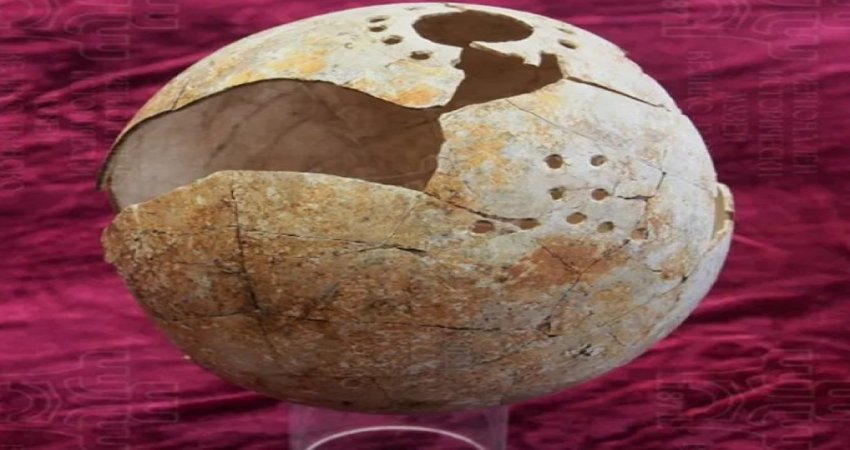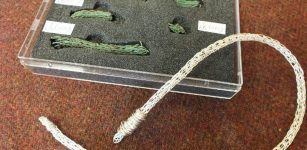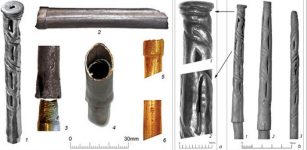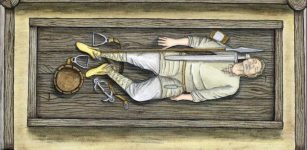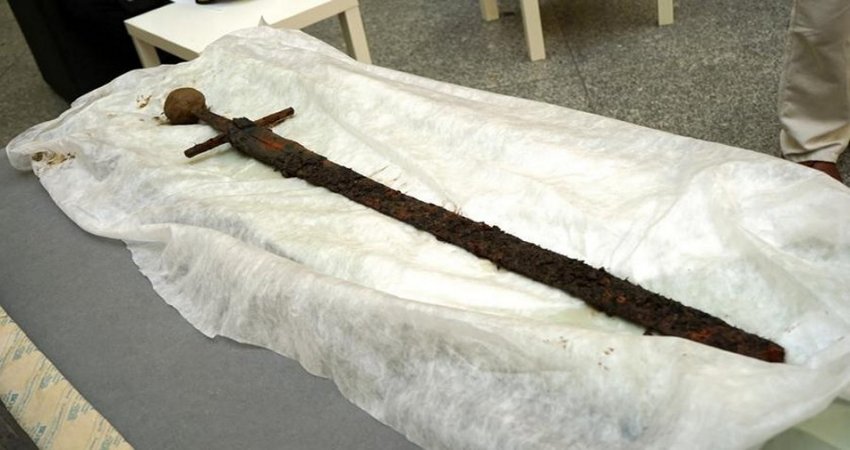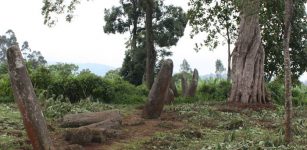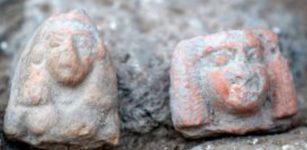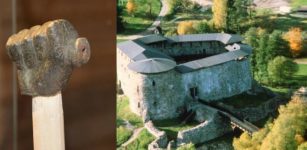Salem Witch Trials: Exact Hangings’ Site Now Confirmed By Researchers
MessageToEagle.com – A team of researchers, using historical documents and 21st-century archaeological techniques, has confirmed the exact site where 19 innocent people were hanged during the Salem witch trials more than three centuries ago, reports New York Time.
The site, known as Proctor’s Ledge, is a small, city-owned plot of woods between two residential streets and behind a Walgreens pharmacy, said Emerson W. Baker, a Salem State University history professor who is a member of the seven-member team that announced the discovery.
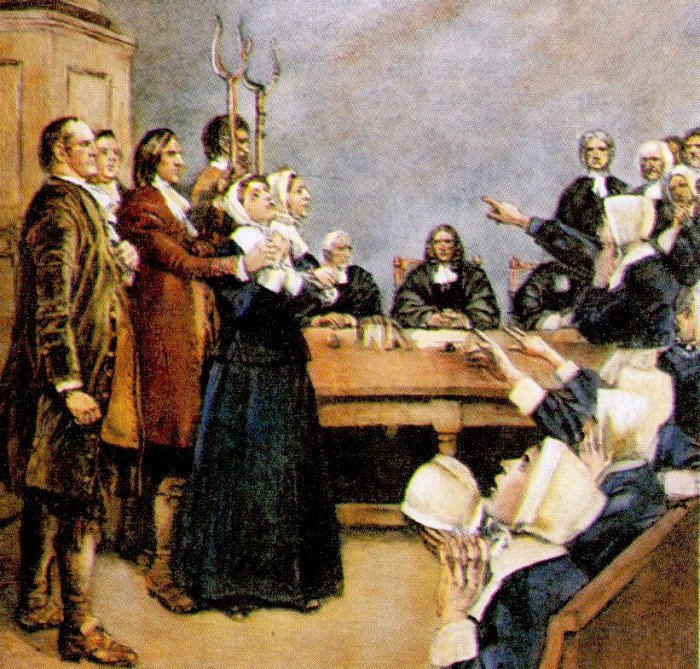
Sidney Perley, a historian, pinpointed Proctor’s Ledge nearly a century ago as the site of the hangings by using historical documents. But his findings were lost to time, and myth, misconceptions and conspiracy theories had taken their place, Professor Baker said.
The current research, known as the Gallows Hill Project, was about correcting the misinformation many people have about one of the most tragic episodes in American history.
“We are not discovering anything, and we don’t want to take credit for that,” Professor Baker said. “This is all about the healing, not about the discovery.”
Twenty people suspected of witchcraft were killed in Salem in 1692 during a frenzy stoked by superstition, fear of disease and strangers, and jealousy. Nineteen were hanged, and one man was crushed by rocks.
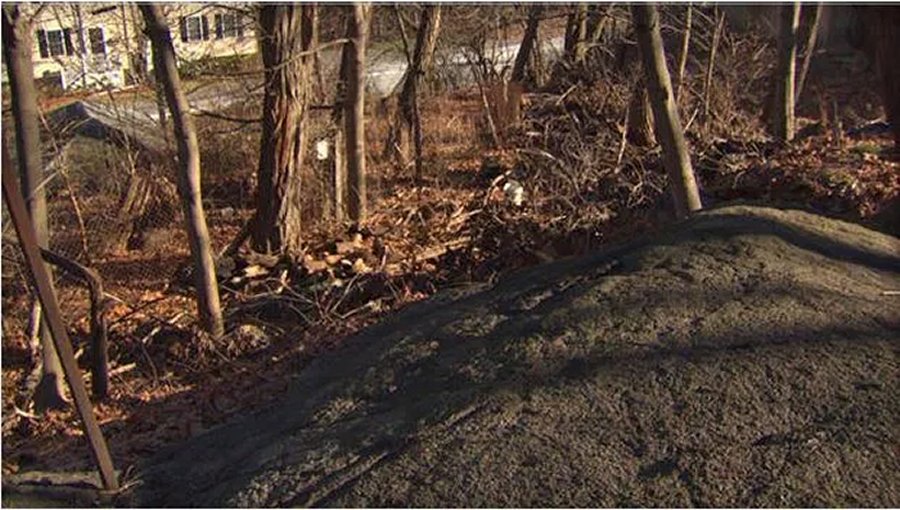
“The witch trials cast a long dark shadow on Salem history,” Professor Baker said.
The top of nearby Gallows Hill had long been thought of as the site of the hangings, but there was no evidence to support that, he said. Proctor’s Ledge is at the base of Gallows Hill.
To determine the spot, the team looked at eyewitness accounts of the hangings, then used modern-day aerial photography and ground penetrating radar not available a century ago.
The team made other discoveries. It determined that there probably never was a gallows at the site. The executioners probably tossed a rope over a tree.
Professor Baker also emphasized that there was no evidence that any of the victims were buried at Proctor’s Ledge. It is too rocky, and the soil is too shallow.
“The city plans to place a marker at the site but also wants to respect the rights of the people who live nearby,” Mayor Kim Driscoll said.
She encourages visitors to see the memorial and museum downtown, not search for the marker.
MessageToEagle.com
via New York Times

